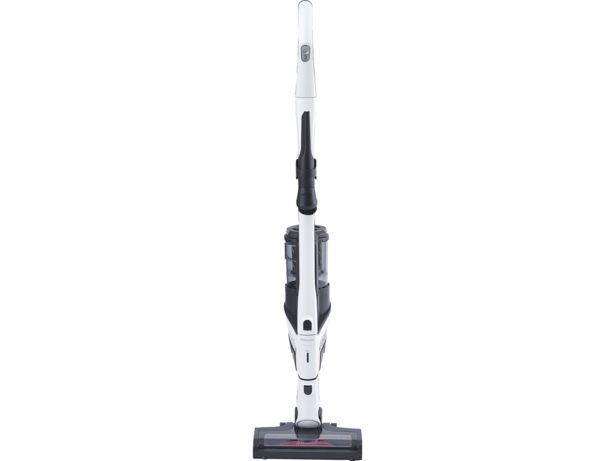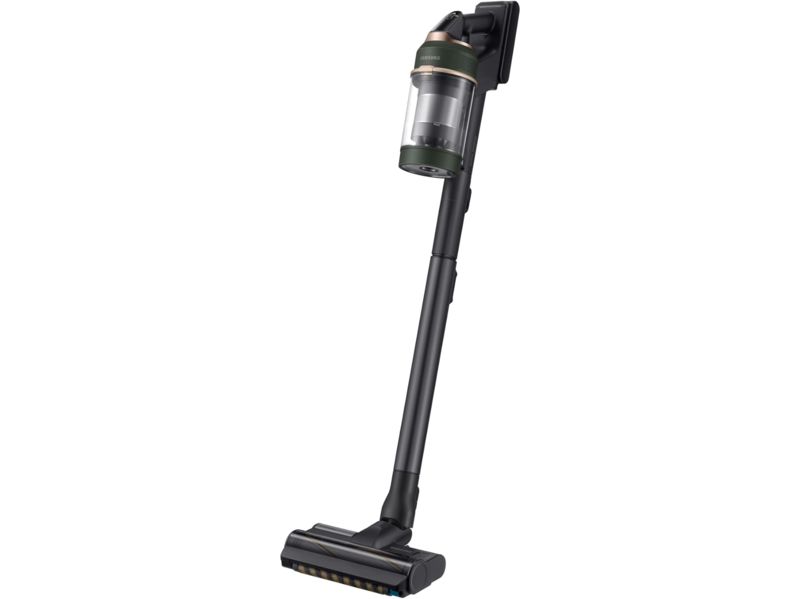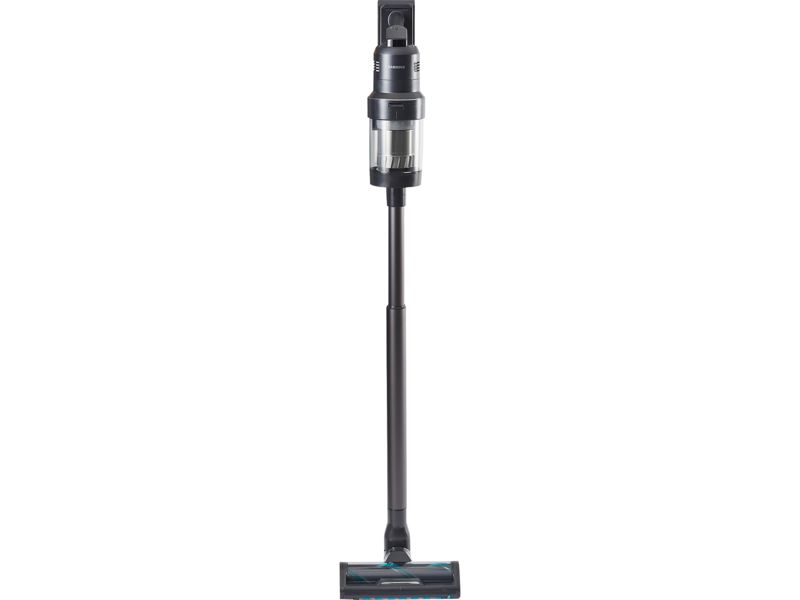By clicking a retailer link you consent to third party cookies that track your onward journey. If you make a purchase, Which? will receive an affiliate commission which supports our mission to be the UK's consumer champion.
Which cordless vacuum brand to buy in 2024

Deteriorating suction power, blocked filters and batteries losing charge are the most common cordless vacuum cleaner problems, according to our survey of 7,927 cordless vacuum cleaner owners in the UK.
Knowing which brands develop the most faults and how long a model can be expected to last is vital when you're buying a new cordless vacuum. That's why we ask thousands of people each year whether they're pleased with their cordless vacuum, or if they've experienced problems.
We've got data on the biggest vacuum cleaner brands – AEG, Beldray, Black & Decker, Bosch, Dyson, Gtech, Hoover, Lidl, Miele, Shark, Tineco and Vax – so we can tell you which brands to choose, and which ones to avoid.
Cordless vacuum cleaner brands rated
The table below summarises this year’s results. Brands are ranked by their customer score, which relates to whether customers would recommend the brand.
The 'proportion faulty' is the percentage that experienced a fault, and the 'proportion repaired or replaced' is the percentage of cordless vacuum cleaners that were fixed or thrown away due to a fault.
Only logged-in Which? members can view which brands members are most satisfied with in the table below. If you're not yet a member, join Which? to get instant access.
| Brand | Customer score | Proportion faulty in first seven years | Proportion of products repaired or replaced due to a fault |
|---|---|---|---|
| 77% | 13% | 5% | |
| 75% | 8% | 4% | |
| 73% | 14% | 8% | |
| 73% | 29% | 18% | |
| 71% | 19% | 10% | |
| 71% | 31% | 21% | |
| 65% | 24% | 12% |
- Table notes: Results are based on a survey of 7,927 people who own cordless vacuum cleaners, conducted in September 2022. Where n/a is reported, there is not enough data available.
- The proportion faulty and proportion repaired or replaced are based on cordless vacuum cleaners bought in the past seven years.
Decided on a brand? Discover the best cordless vacuum cleaners
Best vs worst cordless vacuum cleaner brands
As the table below reveals, there is a big difference between the best and worst cordless vacuums in both the satisfaction score reported by customers and the proportion of appliances that developed faults.
| Best | Worst | |
|---|---|---|
| Customer score | 77% | 52% |
| Proportion faulty in first seven years | 6% | 34% |
| Proportion repaired or replaced due to a fault | 4% | 21% |
Which cordless vacuum brand is the most reliable?
There's also a big difference between the number of faults experienced by the best and worst cordless vacuum brands. For some brands as many as around one in seven need to be repaired or replaced within seven years.
Which? members can log in to view which cordless vacuum brands last the longest before they need to be replaced. If you're not yet a member, join Which? to get instant access.
| Proportion repaired or replaced due to a fault | |
|---|---|
| Best brand | 4% |
| Average for all cordless vacuums | 14% |
| Worst brand | 21% |
Verdict: cordless vacuum cleaner brands in-depth
We've pulled together our reliability data, customer insight and the average performance of the vacuum cleaner models in our independent tests to give you an in-depth look at each brand.
Only Which? members can log in to get our verdict on the brands listed below and whether they are worth buying.
If you're not yet a member, join Which? to get instant access to the following cordless vacuum cleaner brand verdicts: AEG, Beldray, Black & Decker, Bosch, Dyson, Gtech, Hoover, Lidl, Miele, Shark, Tineco and Vax.
Already know which cordless vacuum cleaner brand you want to buy? Use these links to go straight to our reviews and find your ideal model for each brand.
- AEG cordless vacuum reviews
- Beldray cordless vacuum review
- Black & Decker cordless vacuum reviews
- Bosch cordless vacuum reviews
- Dyson cordless vacuum reviews
- Gtech cordless vacuum reviews
- Hoover cordless vacuum reviews
- Miele cordless vacuum reviews
- Shark cordless vacuum reviews
- Tineco cordless vacuum reviews
- Vax cordless vacuum reviews
The three most common cordless vacuum faults
According to our annual survey, cordless vacuum cleaners are less reliable than their corded cousins, but you don't always need to buy a new one if your cordless vac develops a fault. In fact, the three most common faults can be simple to fix.
1. Battery not lasting as long as it used to (22% of all faults reported)
Like most lithium-ion batteries, cordless vacuum batteries eventually lose power.
Before buying a new vac, it's worth checking whether the battery can be replaced – spare batteries can buy you more cleaning time, although they often cost £50 or more, so they can be an expensive extra.
2. No suction or deteriorating suction (14%)
A complete loss of suction or noticeably deteriorated suction could be a result of reduction in battery power, blocked airways or filters within the vacuum cleaner, or a clogged brush bar.
To find out how to restore suction in your cordless vacuum, watch our video guide on how to fix a vacuum cleaner that's lost suction.
3. Blocked filters (13%)
Blocked filters can be avoided by regularly washing your vacuum's filters. Most manufacturers advise rinsing filters in cold water once a month and allowing them to dry for up to 48 hours on a windowsill.
Washing your filters with warm water, or not letting them dry completely, could damage your vacuum's filtration system, allowing fine dust particles to escape while you clean.
Search Which? Trusted Traders to find a Which?-approved trader in your area.
How we calculate the best and worst vacuum cleaner brands
Which? has a wealth of information on the UK's favourite vacuum cleaner brands.
Each year, we ask Which? members and the public to tell us about the domestic appliances they own – from how likely they'd be to recommend a brand, to how long a product lasted once they got it home.
This year, more than 17,545 people told us about more than 70,000 products, including 7,927 cordless vacuums.
Our survey, combined with our independent testing data, means we can give you unique insight into which cordless vacuum brand you should buy.
This article uses insights from the Which? Connect panel, collected from research activities with our members. Find out how to get involved


